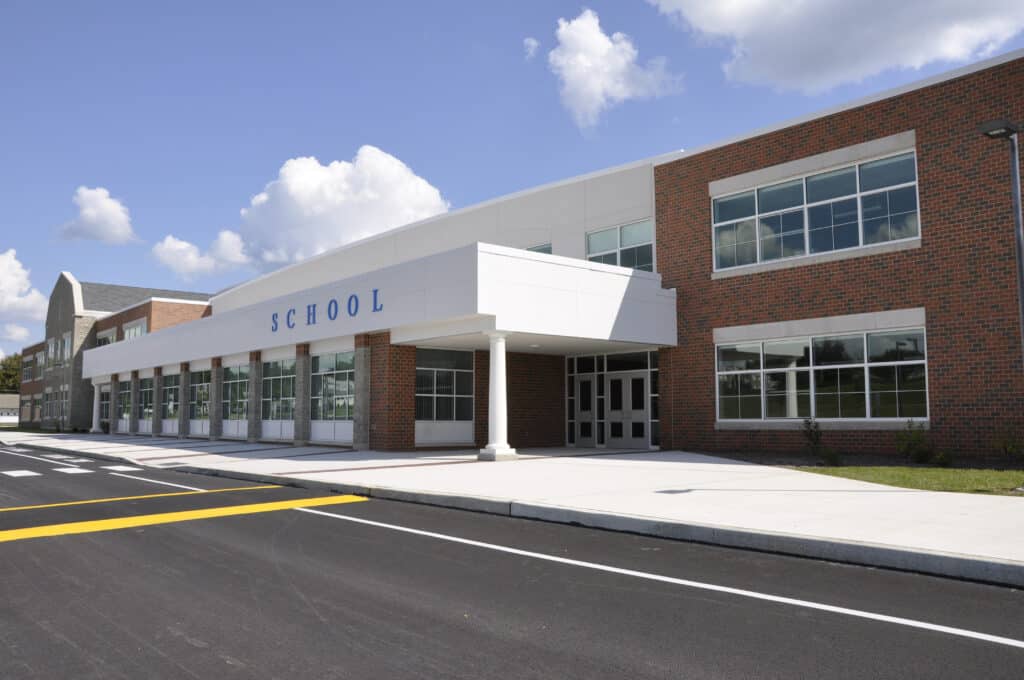Introduction to Texas School Safety Standards
In the wake of growing concerns over school safety nationwide, Texas has been at the forefront of implementing robust safety measures in its educational institutions.
One component of these efforts lies in the implementation of the Texas School Safety Good Cause Exception, particularly as outlined in House Bill 3 (HB 3), enacted by the 88th Texas Legislature.
This article is intended to dive into the intricacies of the Good Cause Exception, providing educators, administrators, and other stakeholders with a detailed understanding of its implications, operational challenges, and the broader impact on school safety standards across Texas.
Texas School Safety Good Cause Exception: An In-Depth Look
The Texas School Safety Good Cause Exception under HB 3 is a pivotal legislative provision, granting Texas school districts the ability to claim exemptions from certain mandated safety and security standards.
This exception is instrumental for schools grappling with challenges such as limited funding or difficulties in recruiting qualified security personnel.
The primary aim of this exception is to balance the stringent safety requirements mandated across Texas schools with the unique challenges faced by individual districts, ensuring that every student can learn in a safe and secure environment.
Implementing HB 3: Compliance and Challenges
House Bill 3 brings forth a set of stringent safety requirements, central to which is the mandate for each Texas school district to have armed security officers on every campus during school hours.
This requirement stipulates that these officers be commissioned peace officers, with a provision for school districts to claim a ‘good cause exception’ in situations where compliance is hindered by factors like funding or the availability of qualified personnel.
To ensure adherence to HB 3, school districts must develop comprehensive documentation of their implementation efforts.
This involves the creation of alternative security standards under the good cause exception, potentially including the employment of school marshals or individuals who have undergone necessary safety training, typically called ‘school guardians’.
This process necessitates close coordination with various law enforcement entities, encompassing school marshals, peace officers, safety personnel, and security experts to formulate and execute effective and functional safety plans.
The role of the Texas School Safety Center (TxSSC) is crucial in providing guidelines and resources to assist school districts in the development of these safety plans and ensuring compliance with HB 3.
While the Texas Education Agency (TEA) does not directly regulate Section 37.0814 of HB 3, it supports schools by offering resources and guidance and may request compliance documentation from districts as needed.
Funding and Resource Allocation in School Safety
The successful implementation of HB 3’s safety measures is heavily reliant on appropriate funding.
School districts are encouraged to explore a variety of funding sources, including federal and state grants, to support the financial requirements associated with these safety measures.
These funds are pivotal in fortifying the safety infrastructure of school facilities and ensuring they align with federal and state laws.
Addressing the Challenges: Flexibility and Adaptation
One of the most significant challenges in implementing HB 3 revolves around the recruitment and qualification of armed security officers.
Schools are mandated to have at least one such officer, who is a commissioned peace officer, present during regular school hours.
The challenge of finding and assigning qualified officers due to limited resources or personnel availability may necessitate additional support from local law enforcement agencies.
In response to these challenges, school districts might apply for a good cause exception under HB 3.
This is particularly relevant in scenarios where districts face financial limitations or a shortage of qualified personnel.
Upon claiming a good cause exception, districts are required to develop an alternative standard for school security.
This may involve employing school marshals or individuals (guardians) who have completed the necessary safety training.
Beyond the physical security measures, the mental health aspect of school safety is also a vital component.
While HB 3 predominantly focuses on physical security, the overall mental well-being of students and staff, including comprehensive mental health support, is an essential consideration.
Schools are encouraged to collaborate with local and federal agencies to provide extensive mental health support, prevention, and intervention programs, alongside the physical safety measures required by law.
Navigating the Challenges and Exceptions of HB 3

The Texas School Safety Good Cause Exception under HB 3 presents a unique set of challenges and exceptions that school districts must carefully navigate.
These challenges necessitate a high degree of flexibility and adaptation, requiring close cooperation between school districts, local law enforcement agencies, and potentially the Department of Public Safety.
Ensuring schools remain safe and secure while adapting to specific circumstances and complying with legislative requirements is paramount.
Safety Measures and Funding Evolution
The introduction of HB 3 marked a significant advancement in Texas’s efforts to enhance school safety.
As mentioned previously, this legislation mandates specific safety measures, including the requirement for armed security officers in public schools.
To support these measures, some funding has been allocated towards enhancing school safety and security.
Additionally, school districts are expected to develop comprehensive multi-hazard emergency operations plans.
These plans, developed in collaboration with various agencies, establish a framework for effectively responding to emergencies, including active shooter situations.
Districts may also form partnerships with local law enforcement agencies through MOUs, outlining the roles and responsibilities of armed officers on campus.
Frequently Asked Questions
What are the main TEA school safety requirements?
The TEA, in collaboration with the TxSSC, provides essential guidance and resources to schools for implementing safety measures in line with HB 3’s mandates. While the TEA does not regulate Section 37.0814 of HB 3, it plays a vital role in supporting schools and may request compliance documentation.
How does Texas House Bill 3 2023 impact school safety?
Texas House Bill 3 (2023) brings a significant impact on school safety by mandating the presence of armed peace officers at each school district campus during regular hours. Districts facing challenges such as lack of funding or qualified personnel can claim a good cause exception for this requirement.
What are the Texas school Guardian program requirements?
The Texas School Guardian program involves appointing individuals who have completed school safety training to act as guardians, especially as part of the alternative standard under the good cause exception.
How do I obtain a Texas school safety certification?
Obtaining a Texas school safety certification typically requires completing training through programs offered by qualified handgun instructors certified in school safety. The specifics of the certification process can vary based on the role, such as for school marshals or guardians.
What does Section 37.0814 of the Texas Education Code entail?
Section 37.0814 of the Texas Education Code, as added by the 88th Texas Legislature, mandates that each school district has at least one armed peace officer present during regular school hours at each district campus. Districts unable to meet this requirement can claim a good cause exception due to reasons such as lack of funding or qualified personnel and then must develop an alternative standard.
Take Action: Enhance Your School’s Safety with Expert Training
In today’s evolving landscape of school safety requirements, being proactive is key. At Risk Strategy Group, we understand the critical need for comprehensive safety training in schools.
We specialize in providing School Safety Certification Training tailored for school personnel.
Our expert-led courses are designed to equip your team with the knowledge and skills necessary to navigate the complexities of school safety, ensuring compliance with Texas’s latest legislative mandates, including House Bill 3.
Take the first step towards fortifying your school’s safety standards.
Click below to contact us about our School Safety Certification programs and how we can help your school create a safer learning environment for everyone.
Legal Disclaimer
This document is intended for informational purposes only and does not constitute legal advice. It is based on interpretations of the Texas School Safety Good Cause Exception under HB 3 and related legal provisions. Laws and regulations surrounding school safety are subject to change and can vary based on individual circumstances. Readers are advised to consult with a legal professional for specific advice tailored to their situation. This document does not establish an attorney-client relationship.








